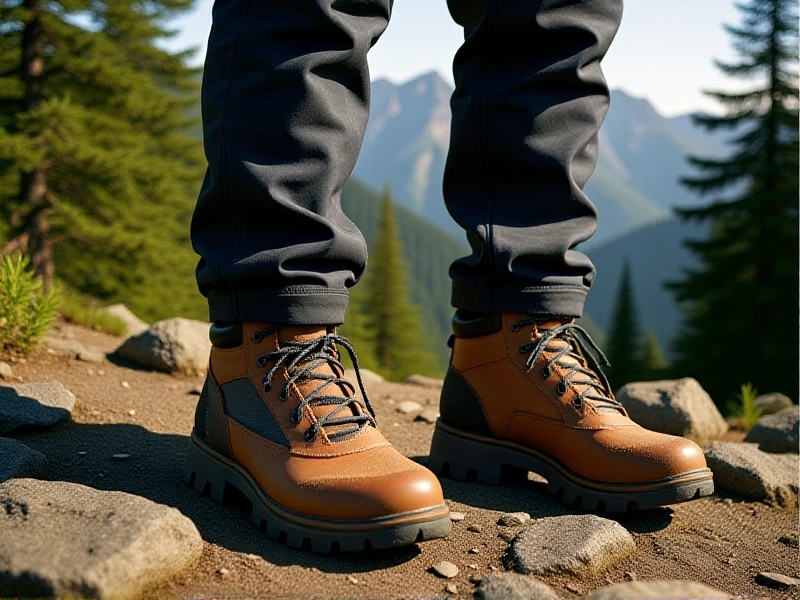
Choosing the Perfect Hiking Shoes: Your Trail Adventure Starts Here
Stepping onto the trail unlocks breathtaking views, fresh air, and a connection with nature. But blisters, sore feet, or a slip can quickly derail your hike. Your hiking shoes are arguably your most critical piece of gear – the foundation for every adventure. Choosing the right pair isn't about looks; it's about support, safety, and pure comfort mile after mile.
Understanding the different types of hiking shoes is key:
- Hiking Shoes (Low-Cut): Perfect for day hikes on well-maintained trails, fastpacking, or lighter loads. They offer great agility and breathability, feeling similar to sturdy trainers but with better grip.
- Hiking Boots (Mid-Cut): The versatile workhorse. Ankle support helps prevent twists on uneven terrain, protects from brush and rocks, and provides stability with heavier loads. Ideal for multi-day treks or challenging trails.
- Backpacking Boots (High-Cut): Designed for serious backpackers carrying substantial weight over rugged, technical terrain. Maximum ankle support, durability, and protection are paramount, though they sacrifice some lightness.
Key Features Your Hiking Shoes Must Have:
- Outstanding Traction: The sole is everything. Look for multi-directional lugs made from sticky rubber compounds (like Vibram Megagrip). Deep lugs shed mud; shallower ones excel on rock. Match the tread to your typical terrain.
- Support that Matches Your Needs: Do you roll ankles? Carrying 30 lbs? Prioritize stiffer midsoles and ankle support. Light trail running types need less rigidity. Good arch support adapts to your foot's shape.
- Protection Underfoot: A rock plate (a thin, stiff layer between sole and midsole) shields your feet from sharp rocks on technical trails – a blessing on long descents.
- Weather Readiness: Consider waterproof-breathable membranes (GORE-TEX® is popular) for wet grass, streams, or muddy paths. They add weight and warmth. For dry climates or hot summer hikes, breathable non-waterproof shoes keep feet cooler and dry faster if wet.
- Durability Meets Weight Balance: Leather offers excellent durability and water resistance but takes longer to break in and weighs more. Synthetics are lighter, dry faster, and break in quickly, though may not last quite as long on super rough trails. Many shoes combine materials effectively.
- The Critical Fit: This is non-negotiable. Your feet swell on hikes. Shop late in the day. Wear your hiking socks. Ensure a thumb's width between your longest toe and the end. Your heel should be locked down with minimal slippage. Width matters – avoid pinching! Walk on an incline/decline simulator if possible. Visit a specialty outdoor retailer for expert fitting. Never expect them to "break in" significantly.
Investing Wisely:
Don't be tempted solely by price tags. Quality hiking shoes are an investment in your safety and enjoyment. They prevent injury and fatigue, transforming a grueling slog into a joyous journey. Think about where you hike most, what you carry, and your personal comfort needs. Research trusted outdoor brands known for durability and technology. Read detailed reviews focusing on fit and performance over time. Your perfect trail companion awaits – step into the right gear and step out with confidence. The mountains are calling!